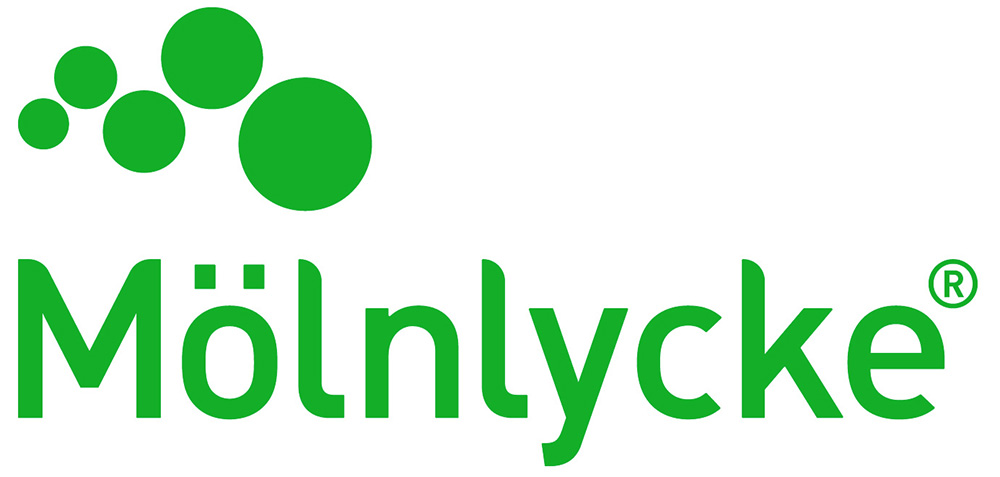Skin care types, frequencies and products: A cross-sectional study in German institutional long-term care. 33 (2024) 318–323
Journal of Tissue Viability - A short review from Declan Patton, Editor-in-Chief JTV
Skin care types, frequencies and products: A cross-sectional study in German institutional long-term care. 33 (2024) 318–323
Ruhul Amin , Bettina Volzer , Monira El Genedy-Kalyoncu, Ulrike Blume-Peytavi, Jan Kottner
The background to this study was based on the physiological changes that occur during aging and which effect multiple organ systems through different biological processes. It is well recognised that as people age, their skin alters, with reduced resistance and regeneration. Thus, in long-term care there is a need for an optimal approach to skin care.
This was a paper based on a German study whose aim was to describe types and frequencies of skin care interventions and products provided in institutional long-term care. A total of 314 residents from 17 nursing homes across the federal state of Berlin participated in the study. Numbers, proportions and frequencies of washing, showering and bathing, and the application of leave-on products were calculated. The average age was 85.4 (SD 7.4) years and 68.8% were female. The majority (95.9%) was affected by xerosis cutis (dry skin). Thirty-four percent (34%) of residents were dependent on nurses to provide skin care, 63.1% needed some assistance, and 3.2% of the residents were fully independent in their skin care.
For the majority of participants, washing of the whole body was done once daily, and showering was performed once per week or less frequently. Most participants received leave-on products daily on the face and once per week on the whole body, with skin care interventions being delivered mainly by nurses. This important study found that personal hygiene and cleansing interventions are major and highly skilled components of clinical practice in long-term care, and has the potential to do much to ensure skin health in an at risk group.
This study found that in the sampled sites, daily washing is a standard practice, something that should be happening across all long term care sites. In contrast, leave-on products are used infrequently and due to the heterogeneity and partly misleading labels of skin care products, informed decision making is difficult to implement at present. An important study that can certainly help inform long term care approaches to skin care.














